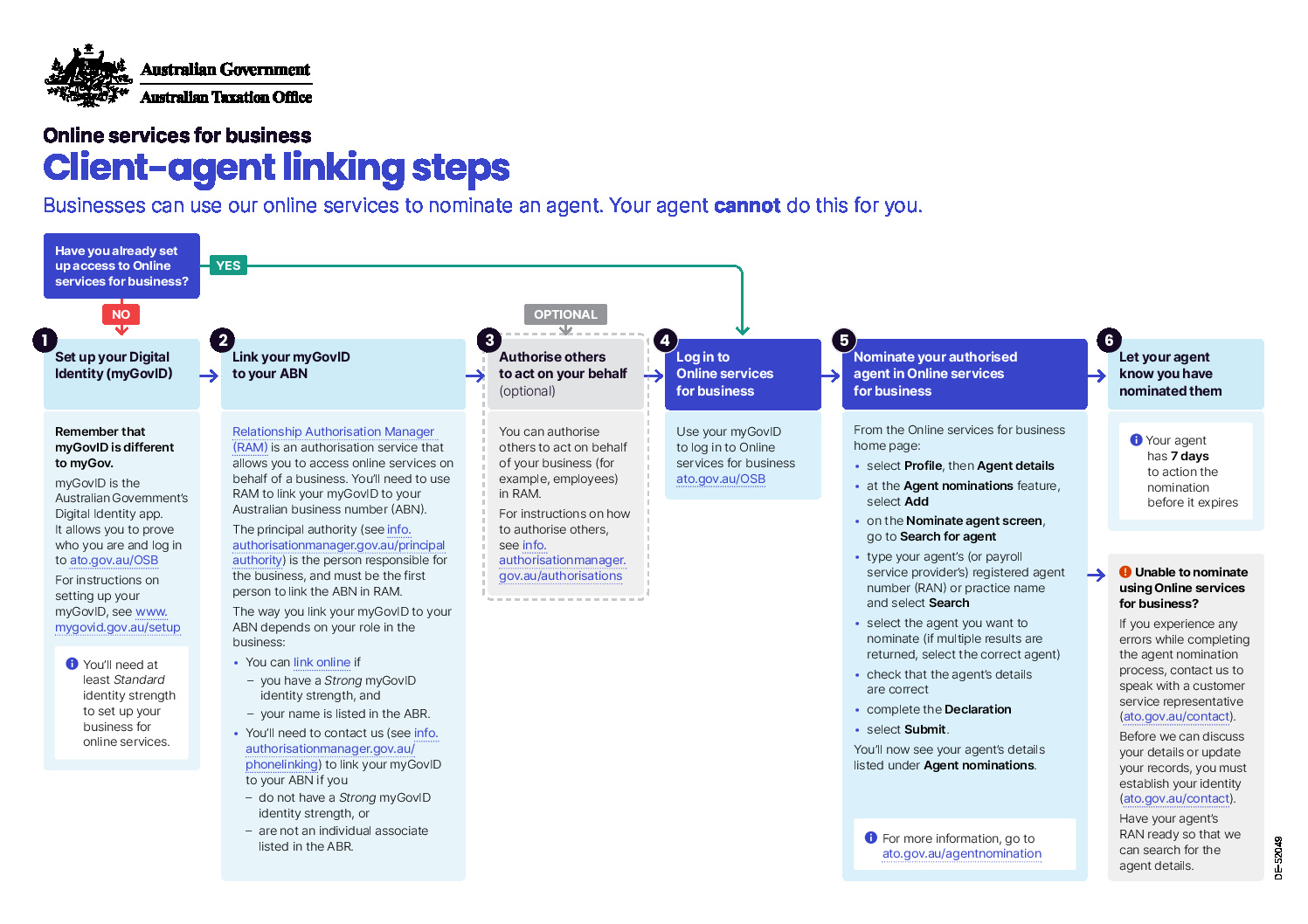A recent survey of SMSFs revealed that estate planning is the highest unmet need for advice, estimated to affect 59,000 funds which equates to about 10% of the total number of SMSFs in Australia. Given demographic trends and the continued growth of SMSF numbers in Australia, this advice gap looks set to rise over time.
There are many good reasons to obtain advice on your SMSF’s estate arrangements, whether you need to plan carefully to cater for a blended family structure, to determine who is eligible to receive your SMSF death benefit, or simply ensure that the most tax effective outcome can be achieved for your beneficiaries.
Whatever the need is, it is imperative to ensure that the SMSF’s estate planning arrangements dovetail with each member’s other (non-superannuation) estate arrangements in order to achieve the right overall outcomes. Featuring prominently among these are the Will and Powers of Attorney, but there are also life insurance policies and entities such as discretionary trusts to consider.
Understand the new Legislation
An added complication is the new legislation from 1 July 2017 on transfer balance caps and how best to handle death benefits where you may exceed the cap. If you and your spouse have combined SMSF assets worth more than $1.6 million and are drawing pensions or are about to retire, you should speak to your adviser about implications.
Superannuation benefits cannot be left indefinitely in your SMSF following death – even if the beneficiary is your surviving spouse and a member of the same fund. The amount must be paid out as a lump sum or continue to be paid as a reversionary pension.
A common challenge for SMSFs arises if the most active member dies first. This can lead to difficulties for surviving members/trustees and other family members, unless adequate planning has been undertaken.
Individual VS. Corporate Trustees
In addition, many SMSF members do not realise the difference between having individual trustees or a corporate trustee until a member dies. Under superannuation law, a single-member SMSF must have a corporate trustee (with up to two directors) or two individual trustees. And the sole member must be either a director of the corporate trustee or one of the two individual trustees. Having a corporate trustee rather than individual trustees, a trustee director can be more readily replaced in the event of death or serious illness. Corporate trustees continue to hold a fund’s assets regardless of a change of directors.
Another big decision for members is whether to make a binding death benefit nomination specifying how a member’s super will be distributed among eligible dependants. Likewise, whether to nominate a reversionary beneficiary. What’s the difference, and which is better for your situation?
So take stock of your own SMSF’s situation and speak to your adviser today. Have peace of mind knowing you have the right arrangements in place to protect your hard earned assets, so they go to the right people with a minimum of fuss, the least expense, and without paying unnecessary tax.















